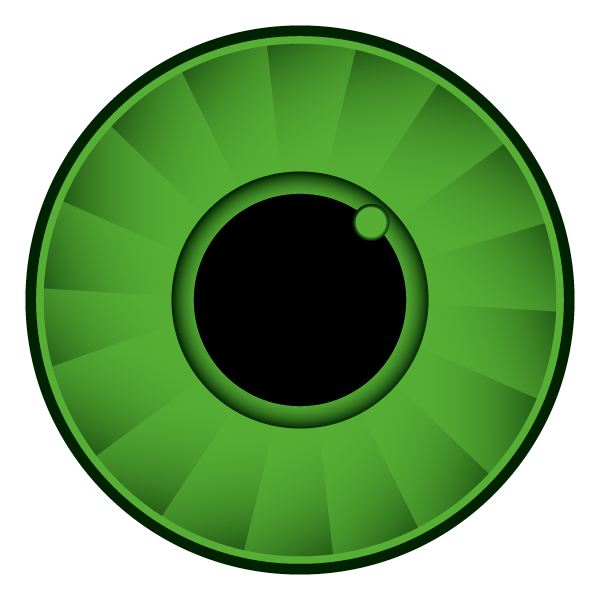Inbound Marketing and Outbound Marketing at first glance can be seen as opposites. At one extreme we can contemplate what would be the advertising of a lifetime, characterized by interruption, commercial focus, unidirectionality… Instead, at the other extreme we are presented with Inbound Marketing, more enjoyable, interactive, digital, with the aim of entertaining and even providing a benefit to the user through valuable content.
But this is not about choosing between one marketing or another, what it really consists of is combining what best suits us from both extremes, because we must remember that in marketing in unity there is strength.
The main differences are observed in areas such as strategy, media, traffic, immediacy, keys, return and conversion.
In the field of digital media, it should be noted that Inbound Marketing is positioned organically in search engines through SEO techniques and strategies, while Outbound Marketing focuses on paid advertising, such as display banners, ads on RRSS, search engine ads, advertising with influencers…
In economic terms, the budget for Outbound campaigns is much more expensive, it is true that they have more impact capacity, but they are not usually accompanied by any feedback that can teach us more details about how our content has been received by the public.
The following table shows everything mentioned above in a more schematic way.

Below we show the main keys to create attractive content for the user:
- Analyze the target audience: it must be clear to whom you want to address the message and analyze in depth beyond their tastes, studying their behavior in order to know what their aspirations and frustrations are.
- Establish ways to attract the attention of that audience: Content that can benefit them and that meets their needs.
- Find what interests you: try to personalize the content as much as possible to fit perfectly with the audience we are targeting.
- Awaken their emotions: Without a doubt, the great secret to connecting with users is to focus on the emotional level in order to appeal to their feelings and establish a most powerful bond.
These keys can be synthesized in two very common and effective methodologies when carrying out Inbound Marketing strategies:
- Buyer Persona: they are fictitious figures that represent the target audience and to whom we ask questions of a demographic, labor, personal, aspirational nature… In order to understand and know their needs and launch messages that captivate them.
- Buyer’s Journey or Customer Journey Map: it is an analysis of the purchase cycle from the customer’s own perspective. It helps us understand various issues: how do you feel, what are your expectations or what is the final mental concept of the brand. The stages that are evaluated are: Discovery (Awareness), Consideration, Purchase, Retention, Recommendation (Advocacy). The objective is for the client to go from being a stranger, who is unaware of the existence of the brand, to a faithful promoter.
Because no matter how much of a technological era we are in, word of mouth continues and will continue to be one of the most powerful marketing tools. And it is that brands, influencers or entities will never be able to compete with the reliability that the recommendations of the people we love the most: our family and friends transmit to us.
Therefore, as we indicated at the beginning of this post, it is not a question of excluding the Outbound, but of “inboundizing” the traditional media and providing them with some of the characteristics that we spoke of previously such as: interaction, valuable content or more personalization. Provide touches of non-intrusive marketing to these media in order to achieve the most optimal result possible.






